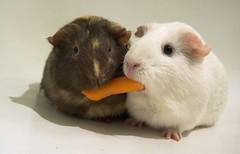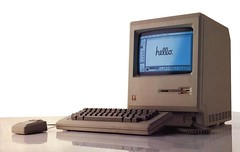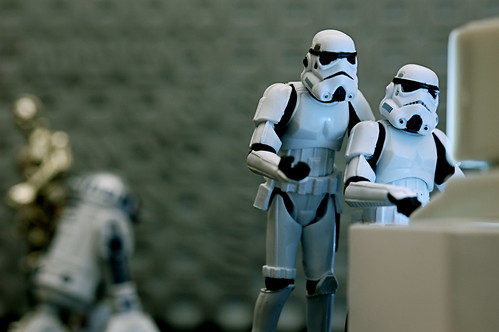Wow! Bolter really knows how to take a potentially interesting subject and bore you to death with a trillion examples, but really the article could have been shorter and gotten the same point across.
key terms:
Remediation – The idea of taking old media and “remixing” it to produce new media for the audience
Webcam Jukebox – According to the article a webcam jukebox allows the user to take a photo with different backgrounds which can include, but are not limited to, world wonders, nature, or different types of weather
Immediacy – The idea of presenting/sharing something with someone instantly
Borrow – When different types of media borrow other broadcasts/stories from

“Borrowing”
websites, newscasts, or newspapers
Hypermediated Events – An event that has been over mediated possibly due to other medias borrow or due to the event being seen on different types of media
new media/old media

“Old Media”
The article draws a connection between new media and old media by saying that through a cycle old media is “refashioned” in order to develop the new media. “New digital media are not external agents that come to disrupt an unsuspecting culture. They emerge from within cultural contexts, and they refashion other media, which are embedded in the same or similar contexts.” This statement found in the article states that new media is not really “new” media, instead it is just old media which has been remixed/changed in order to revisited. A perfect example of this is when a news site takes photos, interviews, or pieces of an older article and then includes the “old” information in the new article to be reposted. The new article may contain new information, but it may also contain “remixed” information from an old article which is now being presented to the target audience.

“New Media”
summary:
After reading the article and re-reading sections of the article I have finally come to the conclusion that it was remediation. Remediation is where old media is taken and transformed into new media which now appeals to the same people once again and hopefully appeals to a newer crowd as well. By revisiting and revamping old media people are able to transfer their experiences and opinions to others by appealing to different “senses.”
Bolter, J. D., & Grusin, R. (1999). Remediation: Understanding new media. Cambridge, Mass: MIT Press.


 What empowered me?
What empowered me?
 The basic goal of the article is to discuss the importance of media literacy and the participation of the youth in the participatory culture. Many people believe that schools are not placing a high enough importance of the participatory culture and that the youth are learning valuable skills in video games, books, and other place completely unrelated to school. The youth are participating in the contemporary culture through affiliations, expressions, collaborative problem-solving, and circulations. The stories Richardson, Lawver, Ross, and Meeter show that these skills learned from the sources outside of school are teaching them life skills that will be highly valued in the workplace and will help them succeed throughout life.
The basic goal of the article is to discuss the importance of media literacy and the participation of the youth in the participatory culture. Many people believe that schools are not placing a high enough importance of the participatory culture and that the youth are learning valuable skills in video games, books, and other place completely unrelated to school. The youth are participating in the contemporary culture through affiliations, expressions, collaborative problem-solving, and circulations. The stories Richardson, Lawver, Ross, and Meeter show that these skills learned from the sources outside of school are teaching them life skills that will be highly valued in the workplace and will help them succeed throughout life. Recycled aluminum can tops which have been modified to resemble a “person.” The person who created this piece is a media creator because they created the piece and then uploaded the photo online for others to view.
Recycled aluminum can tops which have been modified to resemble a “person.” The person who created this piece is a media creator because they created the piece and then uploaded the photo online for others to view. As mentioned in the article learning and developing skills that deal with the participatory culture is important. This course is taking a step forward compared to many of the other courses offered. In this course students will be able to use different forms of media, such as blogging, in order to communicate and share ideas with the professor and other students. This course will also help the student grow as a media creator because all of the work that is submitted follows “loosely” formed guidelines which allow the student to get in touch with their creative side.
As mentioned in the article learning and developing skills that deal with the participatory culture is important. This course is taking a step forward compared to many of the other courses offered. In this course students will be able to use different forms of media, such as blogging, in order to communicate and share ideas with the professor and other students. This course will also help the student grow as a media creator because all of the work that is submitted follows “loosely” formed guidelines which allow the student to get in touch with their creative side.